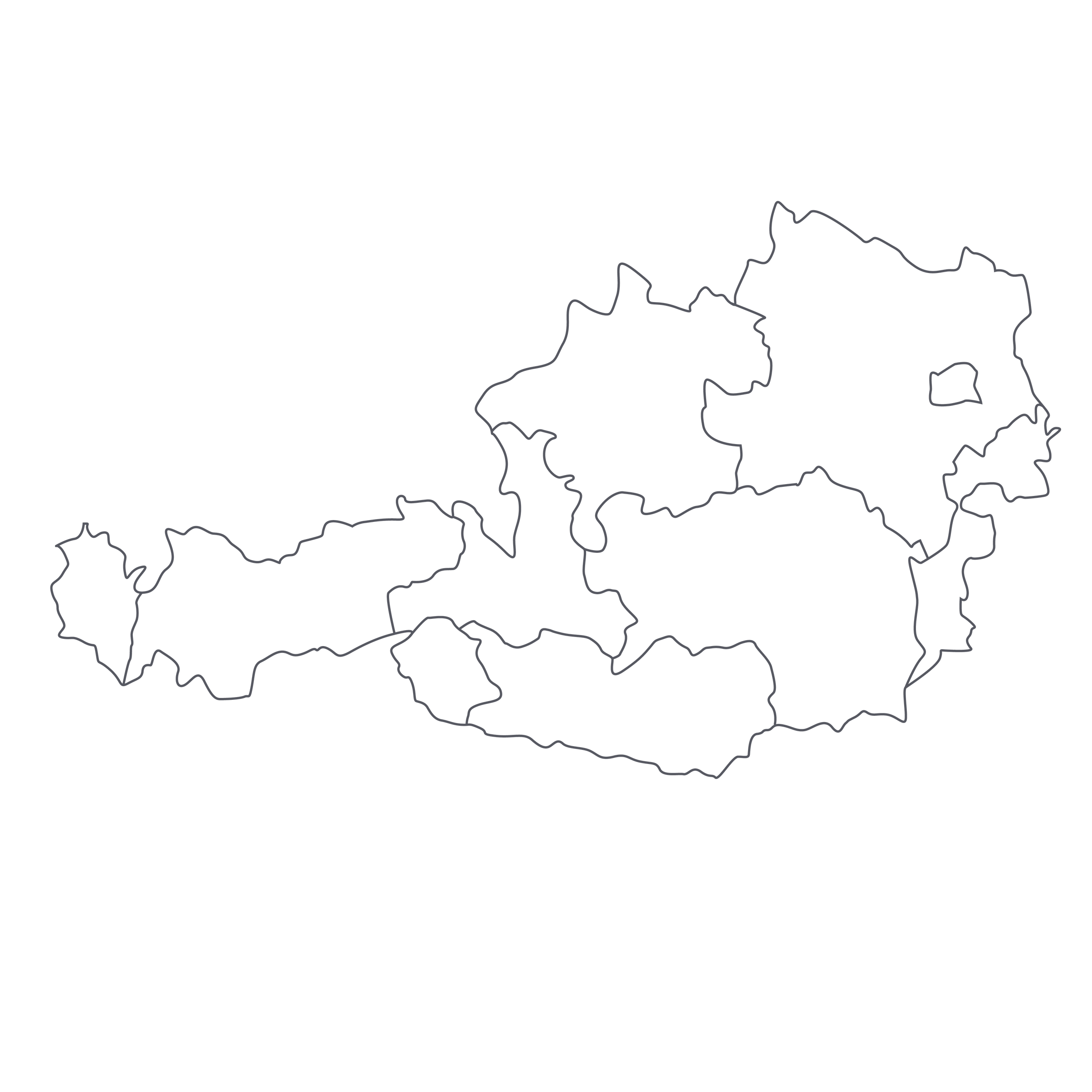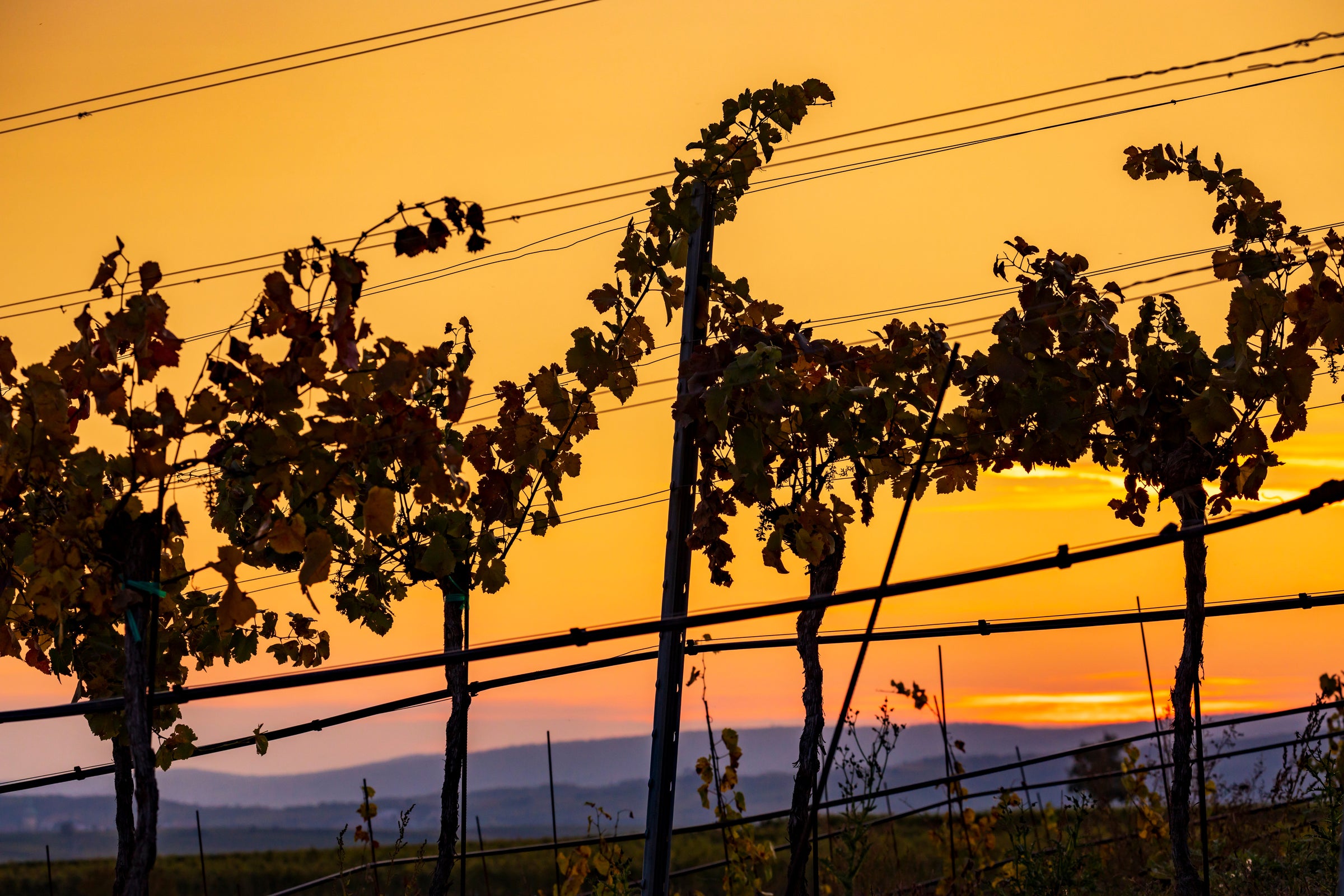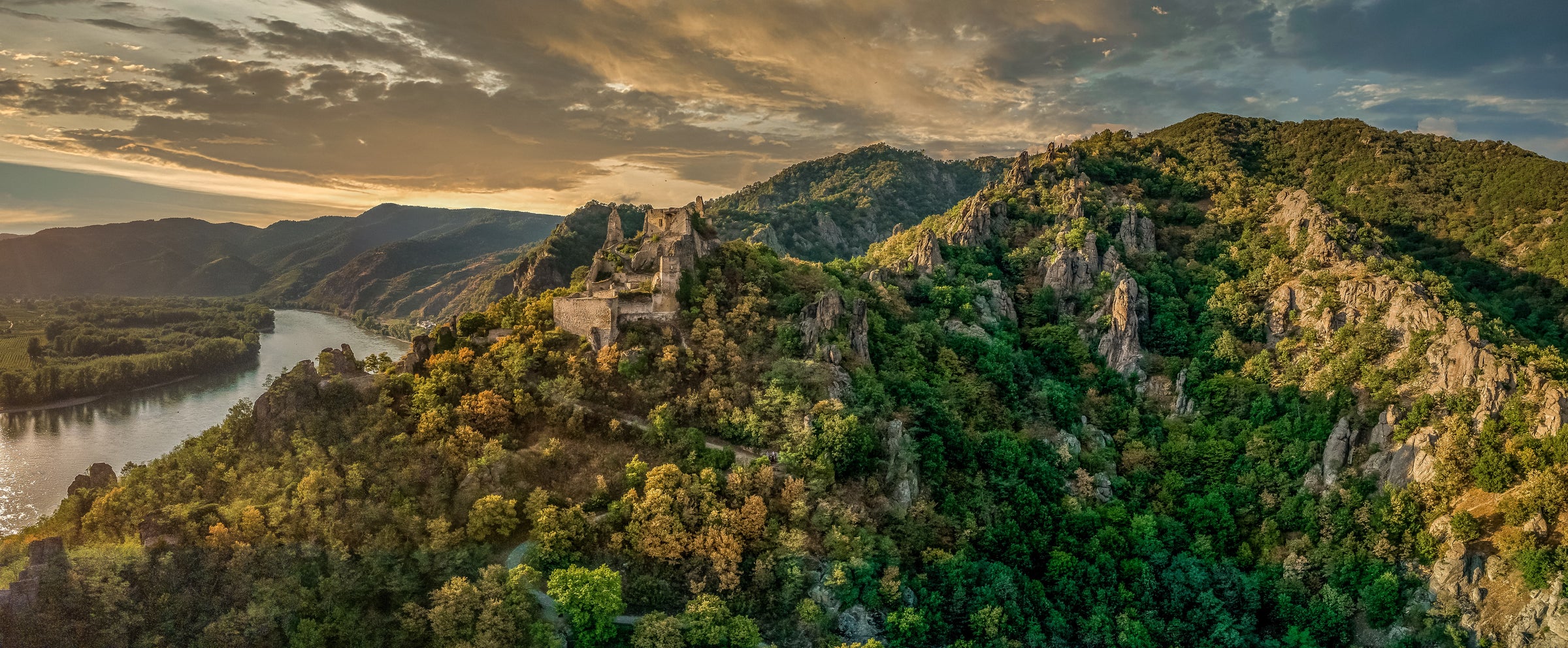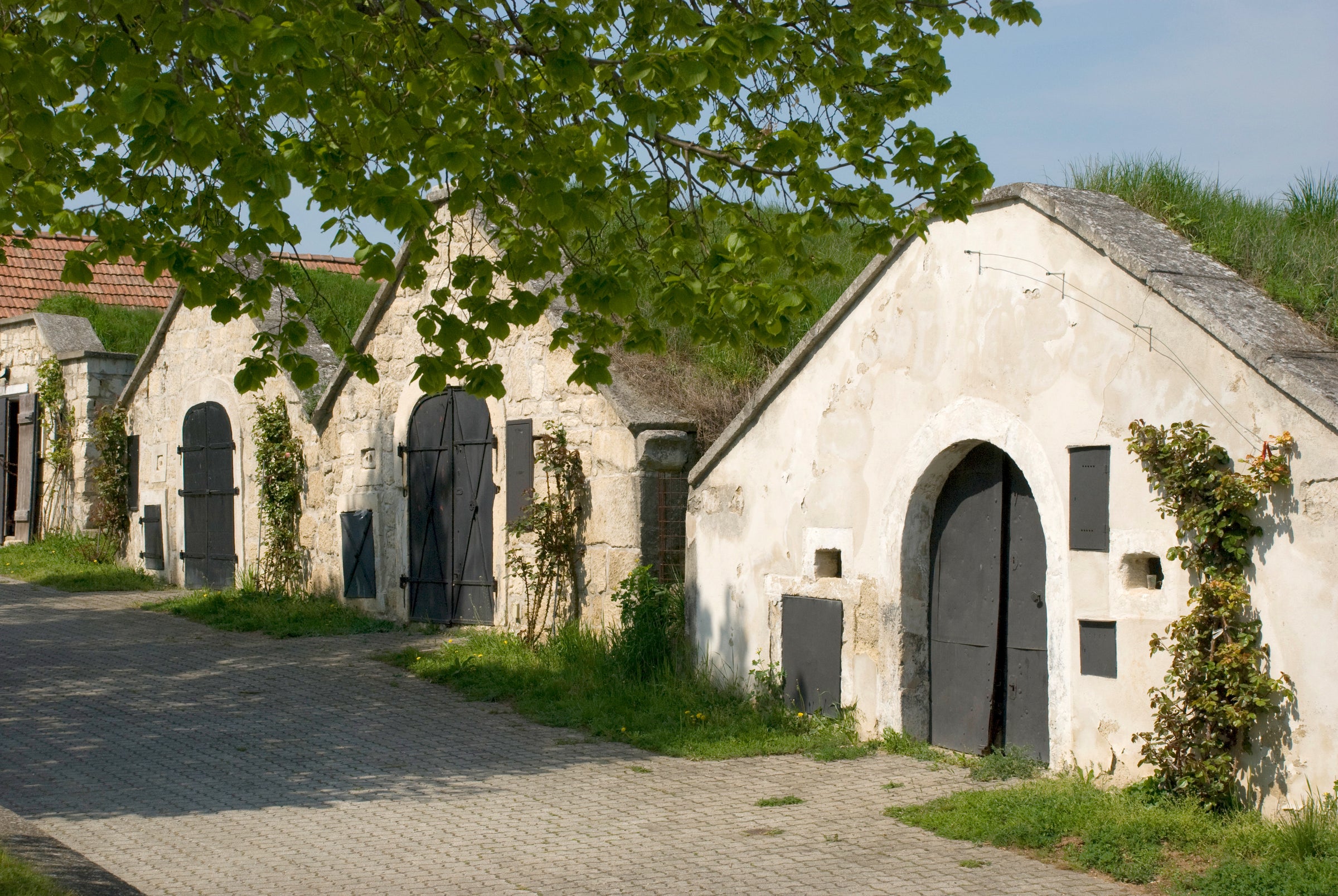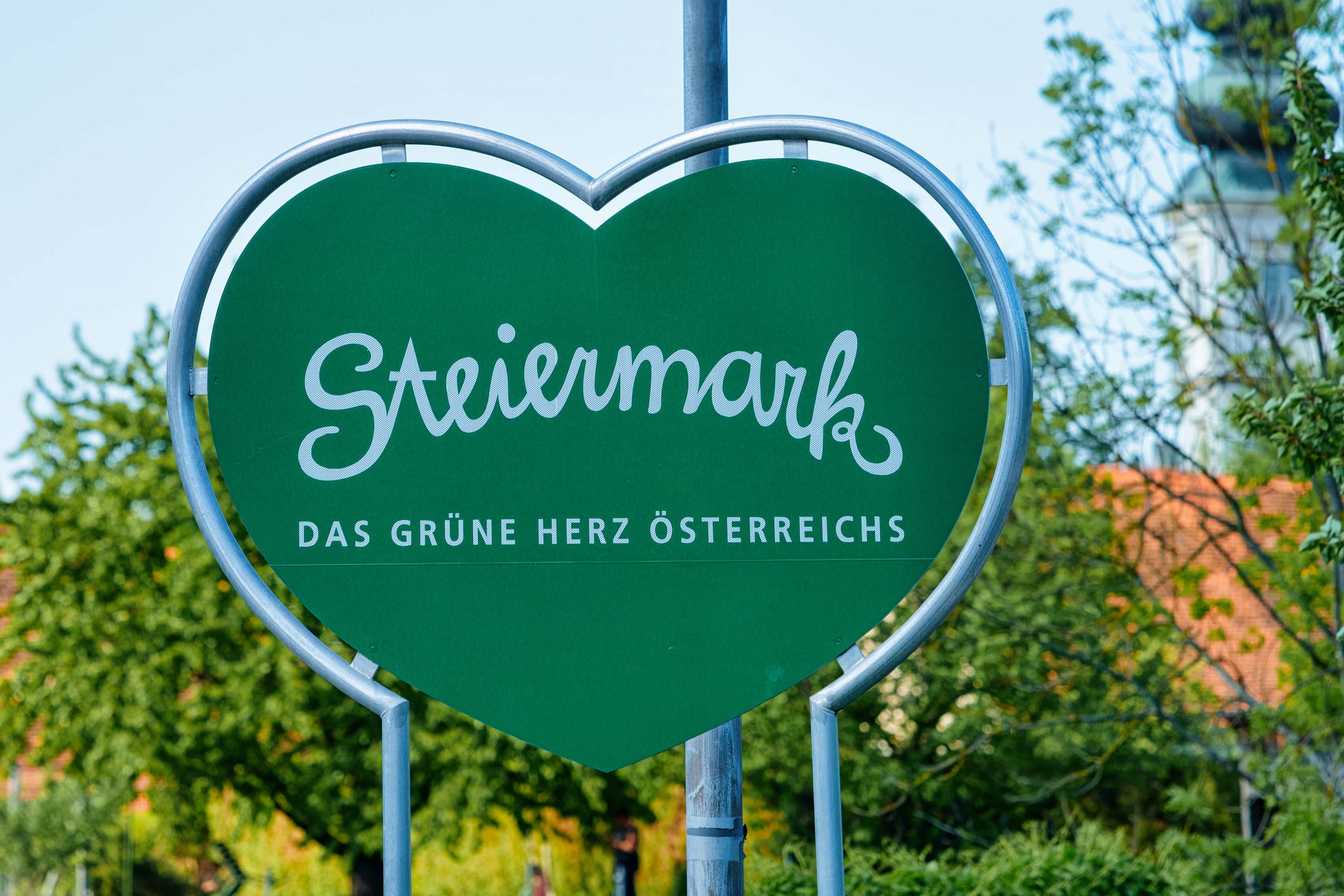My connection to this wine, and its producer, runs deep—but random circumstances have conspired to prevent us from offering Bründlmayer wines until now. Luckily we have finally secured enough for an offer and this Riesling “Terrassen” provides the perfect introduction to one of Austria’s greatest wine estates.
Vincent Bründlmayer is a dear friend of mine and second-in-command at Weingut Bründlmayer. One of my greatest all-time wine experiences was with him, several years ago, when we opened an ‘85 Bründlmayer from the Zöbinger Heiligenstein vineyard—one of Austria’s greatest sites—while sitting in that very vineyard, in a rusty two-seater pickup truck, at 5 a.m. (it was a long night!). Now, every time I find myself in Austria, I make it point to visit him. His legendary father, Willi, has been cited by numerous publications as one of the world’s most influential winemakers. His electric whites and stylish, long-lived Spätburgunder (Pinot Noir) easily puts Bründlmayer on my shortlist of Austrian elites. This is a must-have in any wine cellar and pairs incredibly well with a diverse array cuisines. If you haven’t yet explored this family’s range, this is the gateway wine for you—especially in a 2015 vintage that adds an additional layer of concentration to the wine’s trademark minerality and freshness. This is a reference-point Austrian Riesling, and if you love and crave this variety like I do, you need to know it!
Bründlmayer’s extensive land holdings in the Kamptal region include some of the best vineyards in the wine towns of Langenlois and Zöbing. Most of these mature vineyards (a large proportion of vines are more than 50 years old) are planted on
terraced, sun-soaked gradients—hence the moniker of this Riesling, “Terrassen.” These rocky terraces are typically wider and more spacious than others in Austria, which allows for more sun exposure and provides the vines with a larger diversity of soils—from marine-clay to sandstone. An impressive percentage of Willi’s vines have been converted to the lyre-training system, which mirrors the shape of a ‘Y.’ This system has been proven to allow for more sun exposure and deter mildew growth, as the leaves are given more breathing room.
Bründlmayer is an enormous advocate for sustainable farming and works rigorously to maintain healthy vineyards through natural solutions. He practices organic by using natural fertilizers, avoiding herbicides, and planting cover crops in between vineyard rows. Upon harvest, the grapes are typically picked in several tries, or passes, to assure that only grapes of optimal ripeness will go into the final blend. Considering the breadth of his holdings (roughly 185 acres) that’s one time-consuming feat (it’s not required, but to him it is necessary). In the winery, the juices are gently extracted by pneumatic presses, followed by a cool, lengthy fermentations in stainless steel. The wine is then briefly aged in large, neutral oak casks.
In the glass, the 2015 “Terrassen” displays a pale straw-yellow core with heavy highlights of neon green on the rim. The highly intense nose epitomizes the classic style of Austrian Riesling: green apple, lime blossom, green peach, unripe mango peel, kaffir lime zest, crushed stone, white flowers and a delicate touch of petrol. The palate is medium bodied with great concentration. It is bordering on high acid and finishes fully dry, resulting in a palate-cleansing, mineral-driven wine that delivers waves of pure enjoyment. This wine is incredibly age-worthy and has 10-15 years of life ahead of it if cellared appropriately. If drinking now, I highly recommend decanting one hour and consuming at a slightly warmer temperature of 50-55 degrees in all-purpose white stems. By now, you’re likely well-aware of Riesling’s perfect affinity for Asian flavors and preparations. My pick for this wine is the attached recipe, and I’ll probably need two bottles—one for prep and one for the actual meal. Cheers!


